https://www.moscowtimes.ru/2023/08/...netehniki-s-krupneishei-bazi-hraneniya-a51229
Russia half devastated the largest warehouse of Soviet armored vehicles
день назад
Updated: 8 часов назад
During the war in Ukraine, more than 40% of old Soviet tanks and armored personnel carriers were removed from storage at the largest known base of mothballed military equipment Vagzhanovo in Buryatia, according to fresh satellite images from Google Earth.
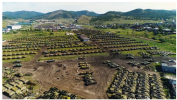
227th military equipment storage and repair base (Divisionnaya station, Buryatia)Military Informant / VK
The fact that the Vagzhanovo base in Buryatia is the largest in Russia is evidenced by The Moscow Times calculations based on Google Earth data. "Vagzhanovo" is located near Ulan-Ude and occupies about 11 square meters. km, which is much larger than the area of two dozen other well-known military equipment storage bases in Russia. The Moscow Times collected information about their location from open sources: blogs of photographers, travelers, and media publications.
(sivulla on jaettu seuraavanlainen Google Maps -kartta, otin siitä kuvan alle - mutta tällaisia karttoja on kadonnut Ukrainan sodan aikana netistä "koska rikkovat Googlen sääntöjä vastaan", joten älä ole ihmeissäsi, jos olisi kadonnut tältäkin sivulta jossain vaiheessa)
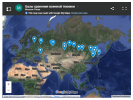
Five months before the full-scale war in Ukraine - in September 2021 - about 3,840 armored vehicles were stored in Vagzhanovo under the open sky, The Moscow Times calculated based on Google Earth images. After 8 months of the war - in November 2022 - about 2600 armored vehicles remained at the base, and by May 2023 - about 2270. Thus, during this time, 1570, or 40.8% of armored vehicles, were removed from the base. Moreover, most of them (32%) left after the announcement of mobilization at the end of 2022.
According to the instructions of the Ministry of Defense, there are four categories of conservation of military equipment. The first category - the most valuable equipment - is stored in special ventilated and heated rooms, the second - in unheated hangars. The third category of conservation is storage under awnings, the fourth - in the open.
“Where there are tent shelters, there the equipment should be at least on the move. Under the open sky - something that is not a pity, ”explains military expert Pavel Luzin.
In Vagzhanovo, equipment was stored mainly in the open. The images from November 2022 show that about half of the equipment was without towers or had other traces of damage visible from the satellite. Similar signs can be observed in about half of the equipment remaining at the base by May 2023. The base also has 10 hangars, which, according to The Moscow Times, can accommodate up to 400 armored vehicles.
The Moscow Times found several large pictures of the tanks stored there on the social networks of former servicemen of the Vagzhanovo base . Interviewed military experts identified them as T-62 tanks, which were produced in the USSR from 1962 to 1975.
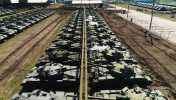
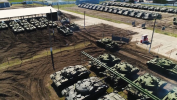
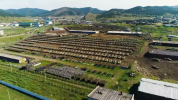
Military Informant / VK
Modernization instead of recycling
Before the war in Ukraine, Russia regularly disposed of obsolete armored vehicles: from 2014 to 2022, 35 contracts were signed for 232.2 million rubles. The number of contracts for the destruction of tanks began to decline in 2017: then the head of the main armored department of the Ministry of Defense, General Alexander Shevchenko, said that instead of the previously planned 10,000 tanks, only 4,000 would be destroyed. The rest may come in handy "in connection with the change in the international situation," the general said. In 2022, the Ministry of Defense stopped entering into contracts for the disposal of military equipment.
Against the backdrop of statements by President Vladimir Putin that some samples of old Soviet equipment are still superior to Western weapons, reports began to appear in the media about the reopening of old Soviet equipment. So, in October 2022, 103 armored personnel carriers near Chita received an order to modernize 800 T-62 tanks. There, the tanks are undergoing a deep modernization, they are equipped with additional protection, more modern engines, as well as an optoelectronic system and thermal imagers. Defense Minister Shoigu regularly visits enterprises that repair and modernize equipment removed from conservation. The other day, Shoigu inspected Remdiesel in Tatarstan, this year he visited factories in Nizhny Novgorod and Omsk regions.
According to the Dutch military-analytical project Oryx, by the summer of 2023, Russia had lost more than 2,000 tanks in the war with Ukraine. But the reactivated equipment is used not only to make up for the loss of armored vehicles, but also for the palliative replacement of artillery, says Luzin. “In addition, barrels and transmissions can be removed from tanks from the stock for the overhaul of existing tanks and for the restoration of other tanks removed from storage,” the expert continues.
The reopening of old tanks is a worldwide practice: the entire fleet of US tanks is stored in the open under conservation, including thousands of M1 Abrams tanks, another military expert told The Moscow Times on condition of anonymity.
“We have at least 15 tank repair plants across the country engaged in reactivation and modernization,” he added. - That is, these tanks are checked, if necessary, they change engines and transmissions, confirm the engine life, install modern instruments and sights, and communications. Further, they will be used as infantry support fighting vehicles, and not as tanks. The calibers are different, old, but there are wagons of these shells in warehouses.
Ukraine also uses old tanks: about half of the NATO weapons fleet supplied by the Armed Forces of Ukraine belongs to the 1950-1960s, the expert emphasizes.
In an interview with Ukrainian blogger Vladimir Zolkin, Russian prisoners of war repeatedly talked about malfunctions in armored vehicles. So, one of the mobilized spoke about the breakdowns of the BMP, which had just come from the repair. Another prisoner of war shared that out of 15 tanks in his brigade, only five were working, and the equipment coming from storage often arrived in a faulty condition, for example, with broken electronics.
Sometimes the modernization of tanks for the war in Ukraine looks quite exotic. Both the Armed Forces of Ukraine and the Russian army in the second year of the war are forced to use hybrids of different equipment and home-made weapons. For example, it was recorded how Russia uses the MT-LB armored personnel carrier equipped with 2M-1 ship anti-aircraft turrets , which were put into service in 1945. Obsolete tanks knocked out in Ukraine often show signs of unusual modifications designed to protect them from modern weapons.
"Utilization" under Ugledar
Two military units are located at the address of the Vagzhanovo base: 44286 and 46108 . Both of them took part in the battles near Ugledar in February 2023, the Russian state television channel RT reported . According to Oryx, during one of the battles near Ugledar, the Russian army lost 103 pieces of equipment in three days, including 36 tanks. During the same time, Ukrainian forces lost only 20 pieces of equipment.
The President of the Free Buryatia Foundation Alexandra Garmazhapova knows about the heavy losses of the military from Buryatia near Ugledar. “We recorded a large number of obituaries,” she told The Moscow Times. According to her, most of the Buryat soldiers who died near Ugledar were called up for mobilization in the fall of 2022. It was during this period, judging by satellite images, that most of the equipment left the Vagzhanovo base

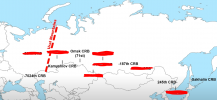

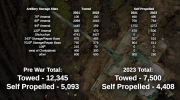







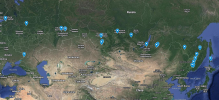
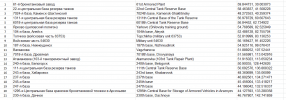
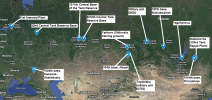





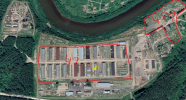
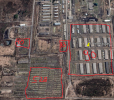


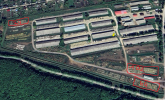
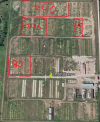
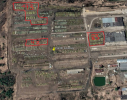
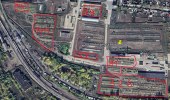
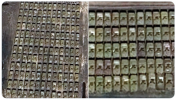
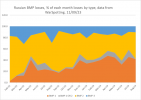

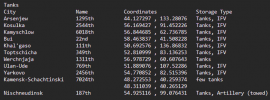
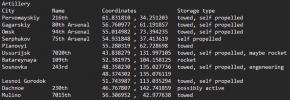



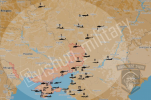

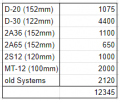
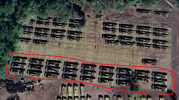
 ️Military Fortune Teller
️Military Fortune Teller